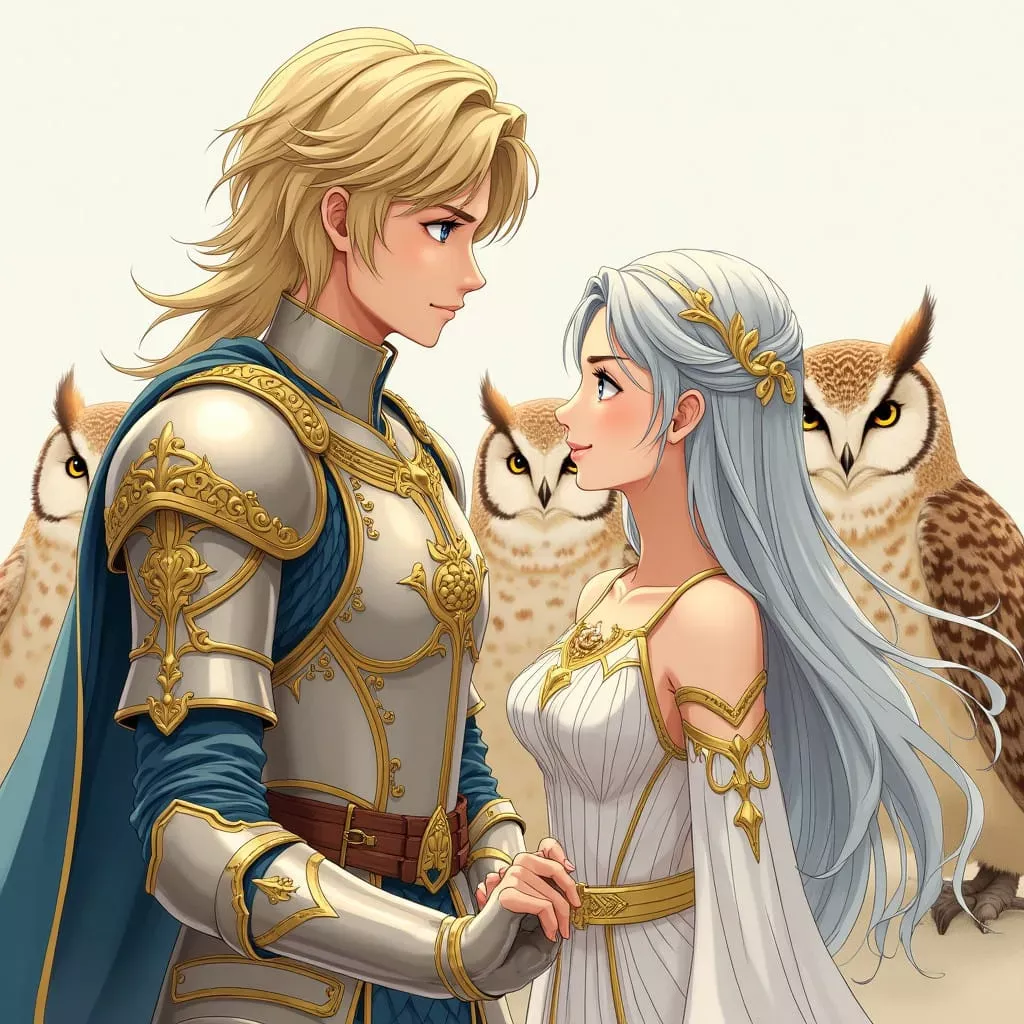Dynamics
The Art and Science of Business Storytelling
Posted by Chris Sissons on Dec 4, 2024
Stories in Business » Chris Sissons
This is the third of four posts about Dimensions of Telling. We’ve looked at Analysis Strategy Action, which explores characters' motivations. Last time we looked at Context and how to add colour to stories to make them more compelling and memorable.
The Dynamics of the story cover how to capture and hold attention from your perspective instead of your characters’. We can cover this under four headings and they are all techniques that are widely used
Stakes
If something is at stake, this will increase suspense and make the story gripping. In folk tales, the dragon kidnaps a princess and ties her to a rock (no idea why they’d do that) so presumably her life is at stake. The stake gives the hero a goal, a time limit, a problem to solve and presumably a reward (eg a peck on the cheek).
In real life, the stakes might include a job (to be gained or lost), a spouse, a deal, possessions, health, friendship, reputation …
Suspense
Something is at stake and the question is whether the protagonist can remedy the situation. There may be a time limit, obstacles, distractions, interventions, opposition or competition.
Your audience does not know how the story will end and your task is to keep it that way for as long as possible. The resolution of the suspense effectively marks the end of the story. There is no need for a twist at the end, so long as your audience cannot predict the outcome.
Surprise
However, a twist at the end can be very effective. It does not guarantee people will pay attention throughout your story so surprise is often best combined with suspense. Surprises can happen anywhere in the story. In the dragon story, an early surprise might be that the Princess is the protagonist, who works her way out of her predicament and saves the hero. This turn of events would build suspense differently.
Humour
Humour is effective and its application can be complex. A lot depends on how the humour is applied and whereabouts in the story. I’m sure humour will be the theme of a later post.
Beginnings and Endings
And never forget:
- Start in the action
- Start as close to the end as possible
- Once you get to the end, stop!
This is the twentieth in a sequence of posts about business storytelling. The first post was Marketing: Art or Science? The last post was Context and the twenty-first post will be Systems.
To try out one of your business-related stories and receive feedback from me with a few other business owners, please comment below to arrange an informal conversation. I run these sessions free of charge on the second and fourth Thursdays. Visit my website to find out about the Telling Stories Autumn meetings.
Minerva tells me she once got captured by a terrible dragon. She was keen to be rescued by a handsome young man but once that happened it was a bit embarrassing. She gave him a peck on the cheek and so did the owls. He became a double-glazing salesman after that.

Comments
Leave a comment.
Leave a comment.



 )
)